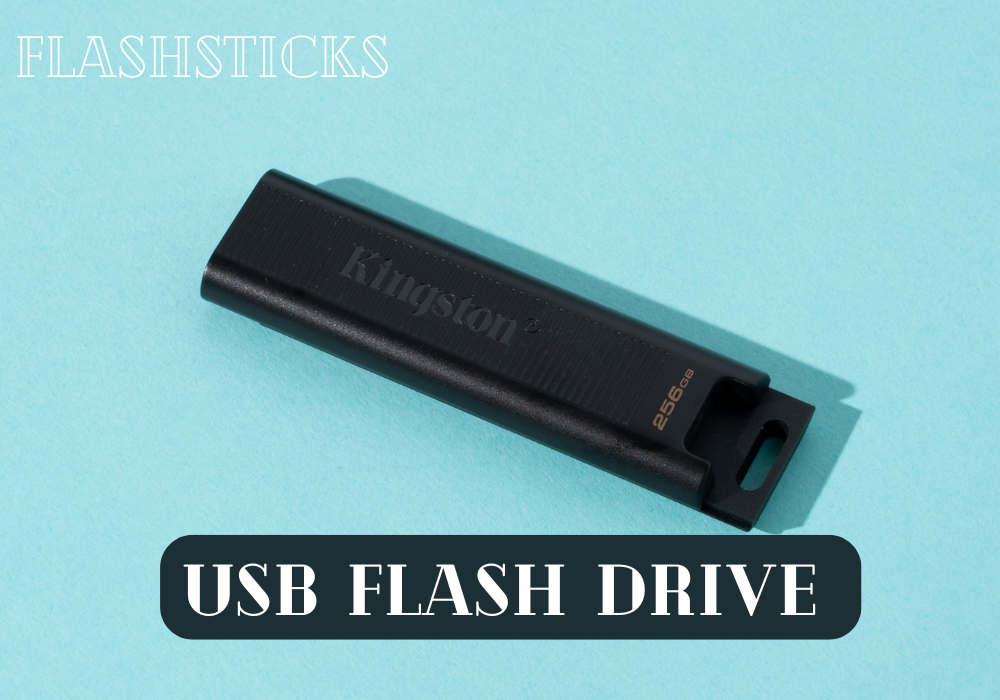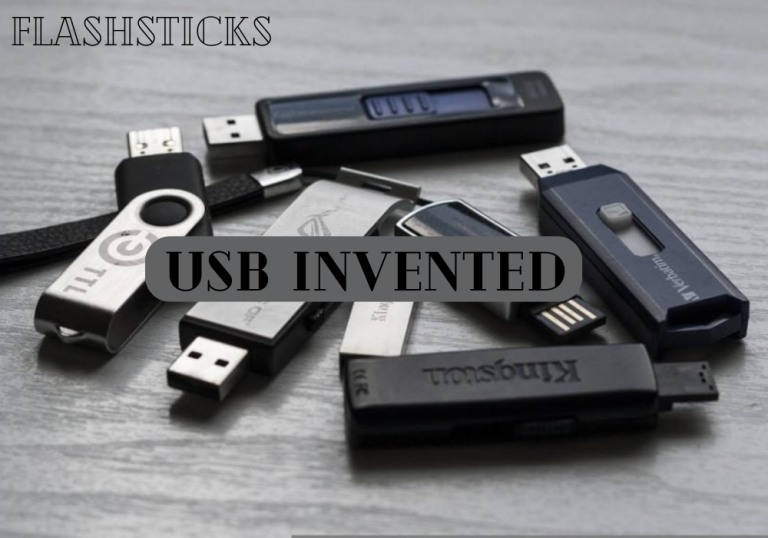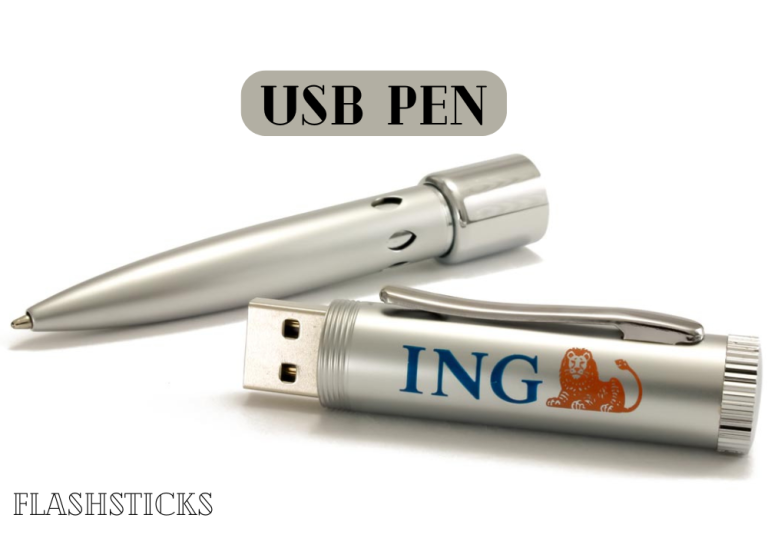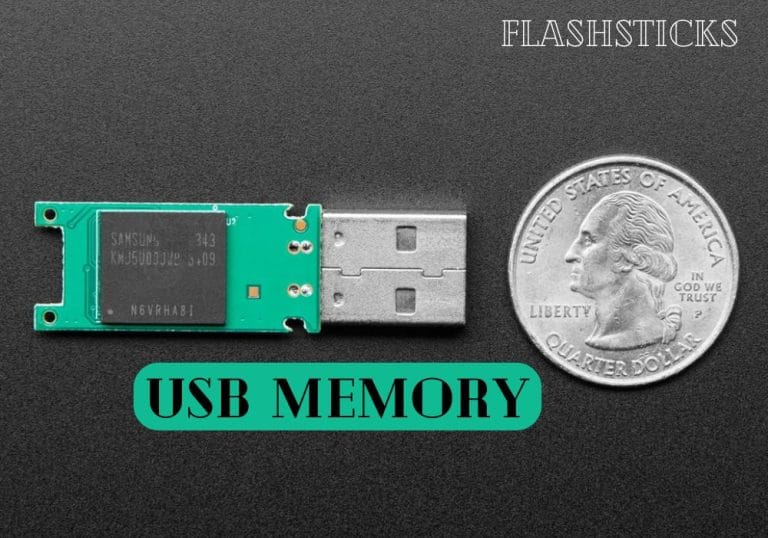What is the largest USB flash drive available?
In today’s digital age, USB flash drives have become essential tools for data storage and transfer. They are portable, user-friendly, and come in varying capacities to suit different needs. If you’re on the lookout for the largest USB flash drive available, you’ve come to the right place. This article will provide detailed information on the largest USB flash drives, including their benefits, practical tips for usage, and more.
Introduction to USB Flash Drives
USB flash drives, also known as thumb drives or memory sticks, are compact devices used for data storage. They connect to computers and other devices via a USB port, making data transfer simple and convenient. Over the years, these drives have evolved significantly, with increasing storage capacities and enhanced performance speeds.
The Largest USB Flash Drive Available
As of now, the largest USB flash drive available on the market offers a staggering capacity of 2TB (terabytes). This is equivalent to 2,000GB, providing ample space for immense data storage. Two notable drives in this category are the Kingston DataTraveler Ultimate GT and the Corsair Flash Voyager GTX, both of which offer 2TB of storage.
Kingston DataTraveler Ultimate GT
- Capacity: Up to 2TB
- USB Version: USB 3.1 Gen 1
- Read Speed: Up to 300MB/s
- Write Speed: Up to 200MB/s
Corsair Flash Voyager GTX
- Capacity: Up to 2TB
- USB Version: USB 3.1 Gen 1
- Read Speed: Up to 440MB/s
- Write Speed: Up to 440MB/s
| Model | Capacity | USB Version | Read Speed | Write Speed |
|---|---|---|---|---|
| Kingston DataTraveler Ultimate GT | 2TB | USB 3.1 Gen 1 | Up to 300MB/s | Up to 200MB/s |
| Corsair Flash Voyager GTX | 2TB | USB 3.1 Gen 1 | Up to 440MB/s | Up to 440MB/s |
Benefits of High-Capacity USB Flash Drives
Investing in a high-capacity USB flash drive comes with multiple benefits, including:
- High Storage Capacity: With 2TB of storage, you can carry a massive amount of data wherever you go. This is especially beneficial for professionals who need to transport large files, such as designers, video editors, and software developers.
- Fast Data Transfer Speeds: High-end USB flash drives like the Kingston DataTraveler Ultimate GT and the Corsair Flash Voyager GTX offer impressive read and write speeds, ensuring quick data transfer and reduced waiting times.
- Portability: Despite their high storage capacity, these drives are still compact and easy to carry, fitting comfortably in your pocket or bag.
- Durability: Many high-capacity flash drives are designed to be robust and durable, making them resistant to physical damage and external elements.
Practical Tips for Using High-Capacity USB Flash Drives
1. Regularly Back Up Your Data
High-capacity drives store a large amount of important data, so it’s crucial to back up this data regularly. Use cloud storage or external hard drives to ensure that your information is safe in case the flash drive gets lost or damaged.
2. Encrypt Sensitive Information
If you have sensitive information on your USB flash drive, consider using encryption software to secure it. This adds an extra layer of protection against unauthorized access.
3. Keep Software Up to Date
Ensure that the drivers and firmware for your USB flash drive are up to date. This can improve performance and security.
4. Use Safely Remove Hardware
Always use the “safely remove hardware” option on your computer before unplugging your USB flash drive. This prevents data corruption and potential damage to the drive.
Conclusion
the largest USB flash drive currently available offers an impressive 2TB of storage. Both the Kingston DataTraveler Ultimate GT and the Corsair Flash Voyager GTX are excellent options, providing high storage capacity, fast data transfer speeds, and durability. These drives are ideal for professionals and anyone in need of substantial portable storage. By following practical tips such as regular backups and encryption, you can ensure that your data remains safe and secure. Investing in one of these high-capacity drives can significantly enhance your data management and transportation capabilities.







